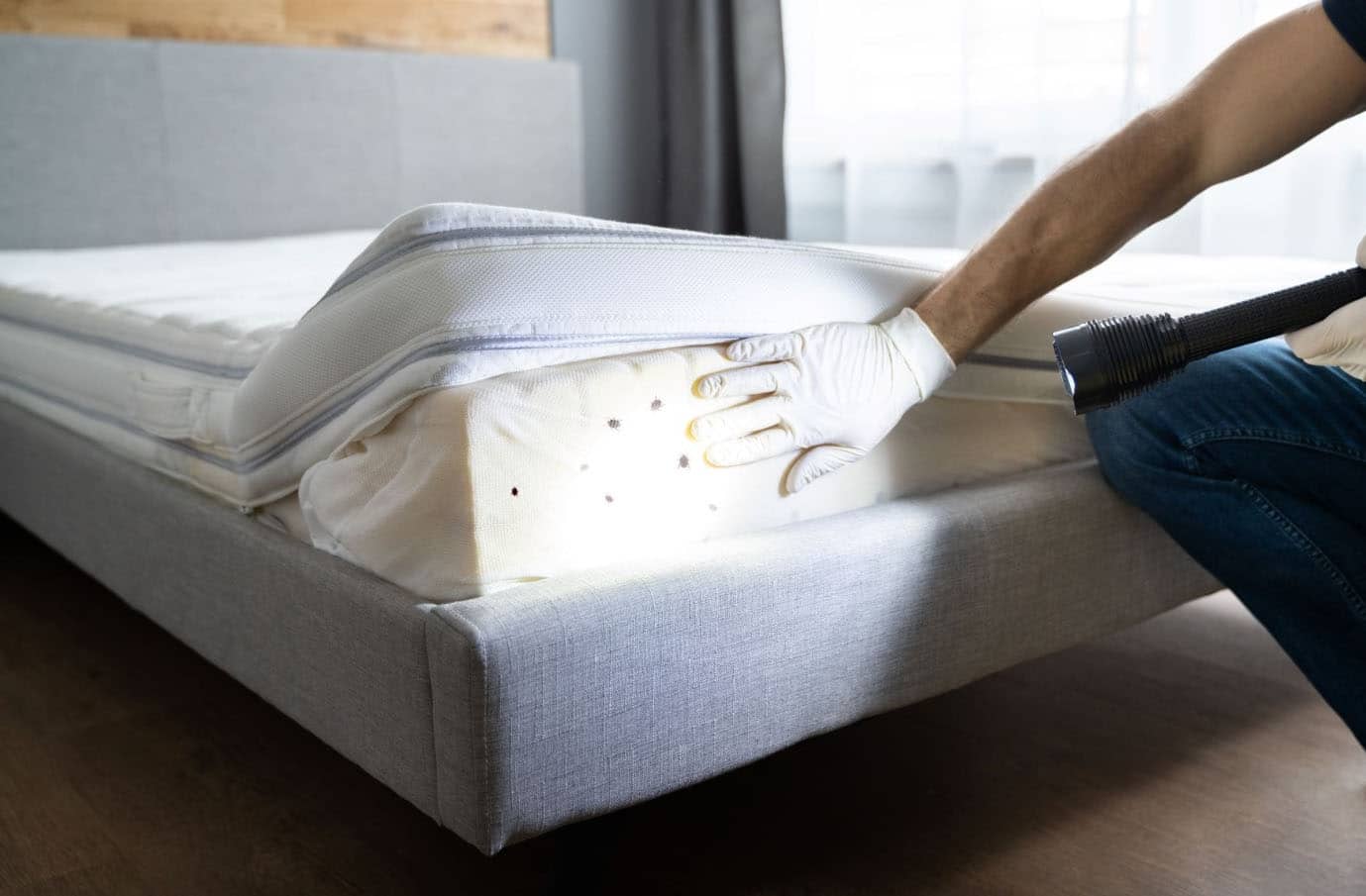Bed bugs are experts at hiding, making their detection a challenging task.
In this article, we will delve into the art of finding bed bugs effectively. Arm yourself with knowledge and techniques that the experts use to identify and address these unwanted roommates.
Understanding the Bed Bug Behavior
Before embarking on the quest to find bed bugs, it’s crucial to understand their behavior. Bed bugs are skilled hitchhikers, often traveling on luggage, clothing, or used furniture. They prefer to hide in cracks and crevices near their feeding source – human blood.
While they are most commonly associated with beds, they can also lurk in other areas, such as furniture, baseboards, and even electrical outlets.
Signs of a Bed Bug Infestation
Bites and Rashes
Bed bug bites are one of the early indicators of an infestation. These bites often appear in clusters on exposed skin and may cause itching. However, it’s essential to note that not everyone reacts to bed bug bites, making it an unreliable sole indicator.
Blood Stains on Sheets
After a blood meal, bed bugs may leave behind small, reddish-brown stains on your sheets or pillowcases. These stains result from the digestion process, and while they are tiny, they are a clear sign that bed bugs are present.
Dark Spots or Droppings
Bed bugs excrete small black or brown fecal spots that resemble ink dots. These can often be found on bedding, mattresses, or nearby furniture. Identifying these spots is a crucial step in confirming a bed bug infestation.
Conducting a Thorough Inspection
Start with the Bed Area
Begin your inspection by focusing on the bed and its surroundings. Remove the bedding and inspect the seams, folds, and tufts of the mattress, paying close attention to the corners. Bed bugs are excellent at hiding in these areas.
Check Furniture and Upholstery
Expand your search to other furniture in the room. Inspect the seams and folds of sofas, chairs, and any upholstered furniture. Don’t forget to examine the wooden frame and joints, as bed bugs can hide in cracks and crevices.
Examine Wall Decorations and Outlets
Bed bugs are not confined to furniture; they can also be found hiding behind wall decorations, electrical outlets, and baseboards. Use a flashlight to carefully inspect these areas, looking for any signs of bed bug activity.
Utilizing Detection Tools and Techniques
Bed Bug Monitors
Bed bug monitors are devices placed under the legs of furniture to trap and detect bed bugs. These are particularly useful around the bed area and can help in both monitoring and preventing further infestations.
Canine Inspections
Bed bug detection dogs are trained to sniff out the presence of bed bugs with remarkable accuracy. Utilizing a canine inspection can be a quick and effective way to identify infestations, especially in larger properties like hotels.
DIY Detection Kits
Various DIY bed bug detection kits are available in the market, ranging from bed bug traps to pheromone-based monitors. While not as foolproof as professional inspections, these kits can provide an initial indication of bed bug activity.
Taking Action and Seeking Professional Help
Implementing DIY Methods
If you detect signs of a bed bug infestation, there are some initial steps you can take. Launder all bedding and clothing in hot water, vacuum thoroughly, and consider using bed bug-proof mattress and pillow covers. However, keep in mind that DIY methods may not eradicate the entire infestation.
Consulting with Pest Control Professionals
For a comprehensive and effective bed bug removal, it’s advisable to seek the expertise of pest control professionals. Trained in the latest techniques and equipped with specialized tools, these professionals can assess the extent of the infestation and implement targeted treatments to eliminate bed bugs.
Preventive Measures for the Future
Once the infestation is resolved, focus on preventive measures to avoid a recurrence. Regularly inspect your living spaces, be cautious when acquiring used furniture, and consider using protective covers on mattresses and pillows.
Conclusion
Finding bed bugs requires a combination of vigilance, knowledge, and the right tools. By understanding their behavior, recognizing signs of infestation, conducting thorough inspections, utilizing detection tools, and taking decisive action, you can effectively address bed bug problems.
Whether you choose to tackle the issue yourself or seek professional help, the key is to act promptly to prevent these stealthy invaders from disrupting your peace and well-being.




